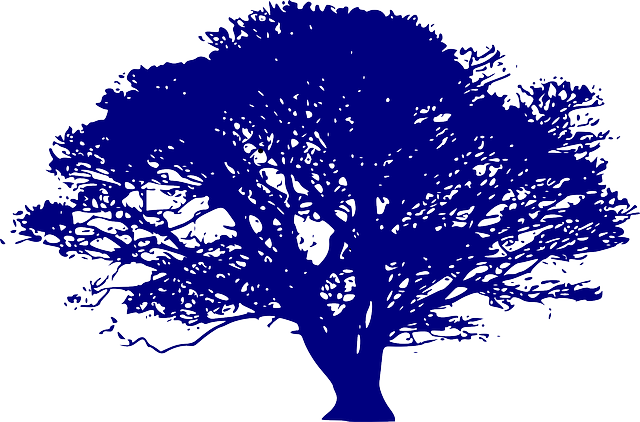Understanding Oregon DHS child welfare cases is vital for anyone involved, as the Department of Human Services (DHS) protects vulnerable children and promotes their well-being through unique legal procedures. These include assessments, court hearings, and collaboration among stakeholders. Effective case management involves keeping families informed, advocating for their rights, and providing resources to help them succeed while navigating Oregon's child welfare system. By grasping DHS procedures, accessing support services, and implementing strategies like proactive communication and record-keeping, parents and guardians can ensure favorable outcomes for involved children.
Oregon’s Department of Human Services (DHS) manages complex child welfare cases, aiming to protect and support vulnerable youth. This article offers a comprehensive guide to understanding the intricacies of these cases, from initial reports to long-term support. We explore the key players involved, including state agencies and families, and navigate the steps within DHS processes. The focus lies in empowering families through strategic interventions, community resources, and legal awareness, while also delving into Oregon’s specific DHS legal procedures.
- Understanding Oregon DHS Child Welfare Cases: An Overview
- – Definition and scope of Oregon DHS child welfare cases
- – Who is involved in the process (state agencies, families, etc.)
- Navigating DHS Cases: Steps and Requirements
Understanding Oregon DHS Child Welfare Cases: An Overview

Understanding Oregon DHS Child Welfare Cases provides a crucial foundation for anyone involved in or affected by these proceedings. The Department of Human Services (DHS) in Oregon plays a vital role in protecting and supporting vulnerable children, ensuring their safety, and promoting well-being. When a child is deemed at risk, DHS intervenes, offering a range of services and case strategies to help families regain stability and avoid removal.
Navigating DHS cases requires a thorough understanding of the legal procedures unique to Oregon. These processes involve comprehensive assessments, court hearings, and collaboration between DHS workers, attorneys, and support services. Effective case management involves keeping families informed, advocating for their rights, and providing resources to help them succeed. Support for DHS cases is essential, as it facilitates better outcomes for children and families while adhering to the legalities of Oregon’s child welfare system.
– Definition and scope of Oregon DHS child welfare cases

Oregon DHS child welfare cases encompass a range of interventions aimed at ensuring the safety, well-being, and stability of children within the state. These cases typically involve situations where a child is alleged to be abused, neglected, or at risk of harm. The Oregon Department of Human Services (DHS) plays a pivotal role in navigating DHS cases, implementing strategies that can range from providing support services to families to more formal legal procedures.
Understanding the scope of these cases is crucial for all involved, from parents and guardians to legal professionals. Navigating DHS legalities requires a thorough grasp of the department’s processes and procedures, which often include hearings, assessments, and case plans. Support for DHS cases is multifaceted, offering resources that can assist families in meeting the necessary criteria and requirements to ensure the best possible outcome for the child while also adhering to the stringent legal framework governed by DHS regulations.
– Who is involved in the process (state agencies, families, etc.)

In Oregon, the Department of Human Services (DHS) plays a pivotal role in child welfare cases, coordinating efforts to ensure the safety and well-being of children within the state. The process involves multiple stakeholders, including state agencies like DHS itself, local social services, courts, attorneys, and most importantly, families. When a concern for a child’s safety arises, either through reports of abuse or neglect or other circumstances, DHS receives the initial report and begins its investigation. This involves gathering evidence, conducting interviews, and assessing the home environment to determine if the child is at risk.
Families are an integral part of this process, as their cooperation is necessary for a comprehensive assessment. While the goal is always to protect the child, DHS also works to provide support and resources to families, aiming to strengthen their ability to care for their children. This includes offering various child welfare case strategies, legal aid through DHS legal procedures Oregon, and connecting families with community resources to navigate the complexities of DHS cases effectively.
Navigating DHS Cases: Steps and Requirements

Navigating Oregon DHS child welfare cases requires a deep understanding of the agency’s legal procedures and effective case strategies. The process can be complex, but with the right support, it is possible to successfully manage these cases. Firstly, families involved should familiarize themselves with the basic steps of a typical DHS case. This includes initial reports, investigations, assessment, and case planning. Each stage requires specific documentation and interactions with DHS workers, ensuring all requirements are met is crucial for a smooth progression.
Case strategies should focus on proactive communication, keeping detailed records, and seeking legal advice when needed. Understanding the DHS legalities is essential, as it empowers families to make informed decisions. Support services tailored for DHS cases can provide guidance, ensuring parents or guardians stay updated on procedures and rights throughout the process.
